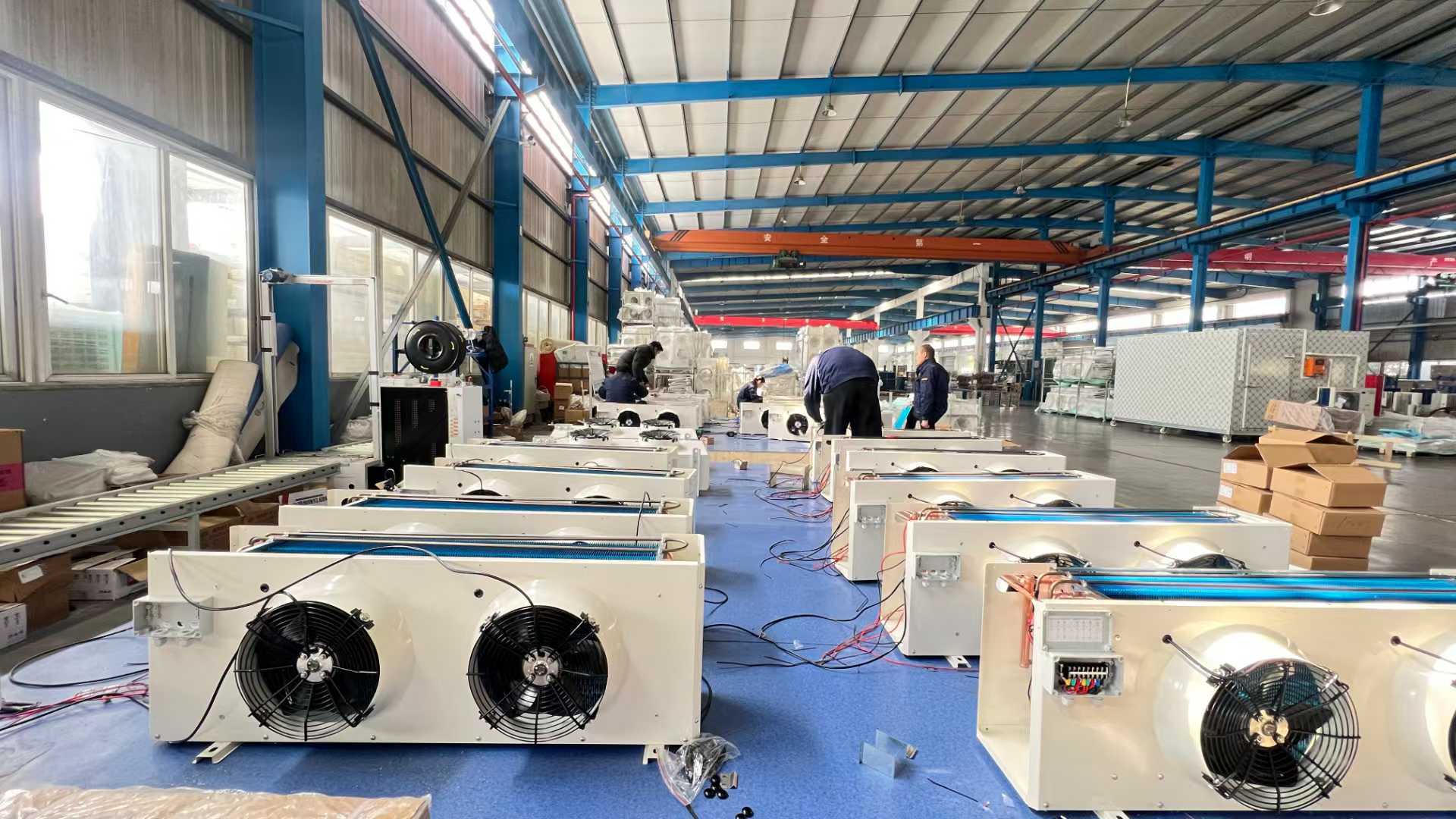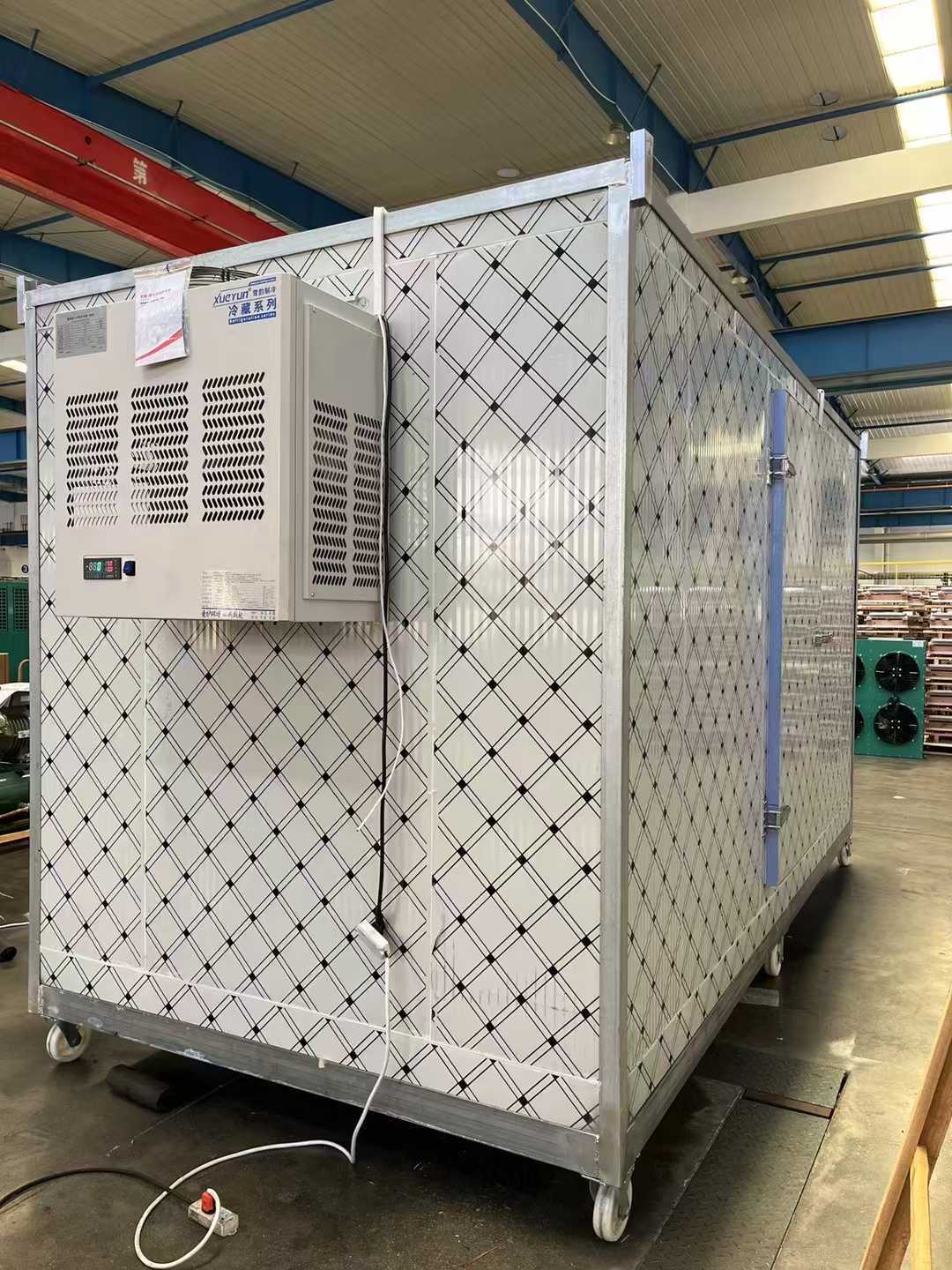Cold Chain Revolution: How Cutting-Edge Refrigeration Technology Reshapes Global Logistics Amid Regulatory and Geopolitical Challenges

The global cold chain industry is undergoing a transformative shift, driven by tightening environmental regulations, supply chain disruptions, and urgent demands for food and medical security. As the EU’s F-Gas regulations enter their final phase of implementation in 2025 and the Red Sea crisis continues to destabilize maritime routes, cold storage refrigeration equipment has emerged as a critical enabler of resilience. This article explores how innovations in solar-powered systems, natural refrigerants, and AI-driven controls are addressing these challenges while unlocking new economic opportunities.
The EU’s revised F-Gas Regulation, effective January 2025, imposes strict limits on high-GWP refrigerants like R404A (GWP 3,922) in commercial refrigeration equipment. For instance, standalone commercial refrigerators and freezers must phase out refrigerants with a GWP ≥150, while industrial systems cooling below -50°C face a GWP threshold of 2,500. Non-compliance risks fines of up to €100,000 per violation, forcing businesses to adopt alternatives like ammonia-CO₂ cascade systems.
Technical Breakthroughs:
- Ammonia-CO₂ Cascade Systems: These dual-loop systems use ammonia (NH₃) for high-temperature cooling and CO₂ (GWP 1) for low-temperature applications, achieving energy efficiency improvements of 20–50% compared to traditional HFC-based systems. For example, Danfoss’ solution for Yantai Feng Run Logistics in China reduced ammonia usage by 90% while maintaining -25°C storage for frozen fruits (corrected: canned fruits require no refrigeration).
- Phase Change Materials (PCMs): Companies like TempArmour® and BeiPCM™ are deploying PCMs to stabilize temperatures during power outages. TempArmour’s medical-grade freezers maintain -20°C for up to six days without electricity, ideal for vaccine storage in off-grid regions.
The ongoing Red Sea crisis has disrupted 90% of maritime traffic, forcing refrigerated cargo to reroute via the Cape of Good Hope. This has increased transportation costs by 58% for European exporters to the Middle East, with 40-foot reefer containers now costing $3,570 per unit—$959 more than routes to Southeast Asia. Delays of up to two weeks threaten perishable goods, particularly pharmaceuticals and fresh produce.
Industry Responses:
- IoT-Enabled Tracking: Companies like Maersk are integrating real-time sensors to monitor temperature, humidity, and ethylene levels in containers. This data helps optimize routing and reduce spoilage risks during extended voyages.
- Solar-Powered Refrigeration: In Kenya, USDA and NCSU have deployed solar-powered refrigerated containers (corrected: solar-cooled is less precise) to store orange-fleshed sweet potatoes, reducing post-harvest losses from 45% to 8% while extending shelf life from 30 to 120 days. These units, equipped with 5-kW solar panels, operate autonomously in temperatures up to 35°C and can be rented by smallholder farmers on a pay-as-you-go basis.
Sub-Saharan Africa loses 40% of its fruit and vegetable harvests annually due to inadequate cold storage. To address this, initiatives like Germany’s Cooltainer project and Kenya’s Baridi solar freezers are deploying modular, solar-powered systems. For example:
- Cooltainer: A 20-foot container with integrated solar panels and AI-driven temperature controls, which reduces potato spoilage rates from 35% to 8% in Nigeria and Botswana.
- Baridi’s Pay-as-you-go Model : Fisherfolk in Kilifi County, Kenya, use solar freezers to preserve catches, increasing their revenue from $2.80/kg to $5.00/kg by accessing premium markets.
These solutions not only cut losses but also empower women-led cooperatives by providing reliable storage and market access.
AI is revolutionizing energy management in cold chain facilities. Lineage Logistics, one of the world’s largest cold storage providers, uses machine learning to pre-cool (corrected: overcool → pre-cool, as overcool implies excessive cooling) warehouses during off-peak hours (e.g., -25°C instead of -20°C), reducing energy costs by 18% daily. Sensors monitor 500+ parameters, including potato respiration rates and ethylene levels, to predict spoilage risks 72 hours in advance.

Market Trends:
- Smart Grid Integration: By 2030, the global refrigerated container market is projected to grow at a 5.98% CAGR, reaching $28.08 billion.
- Green Certification: EU “green label” requirements are pushing companies like LagerTech to develop carbon footprint tracking modules, enabling exporters to reduce their environmental impact while extending potato shelf life by 60%.
The cold chain sector is increasingly intersecting with renewable energy and circular economy principles:
- Solar-PCM Hybrid Systems: Companies like Heatmatech combin solar panels with PCMs to create mobile cold rooms that operate without grid power, cutting initial investment costs by 40% in Rwanda.
- Hydrocarbon Refrigerants: R290 (propane) is gaining traction in small-scale systems, offering a GWP of 3 and compliance with EU F-Gas exemptions for equipment under 3kg refrigerant charge.
Cold storage refrigeration equipment is no longer confined to temperature control—it is a cornerstone of global sustainability and security. From ammonia-CO₂ systems in EU warehouses to solar-powered containers in African villages, technological innovations are bridging regulatory compliance, supply chain resilience, and socioeconomic development. As the UN FAO notes, widespread adoption of these technologies could save 120 million tons of food annually, equivalent to feeding 200 million people. The challenge now lies in scaling these solutions while ensuring affordability and adaptability across diverse markets. In an era of climate uncertainty and geopolitical volatility, cold storage refrigeration equipment is not just a tool—it is a lifeline.

 08.01, 2025
08.01, 2025

